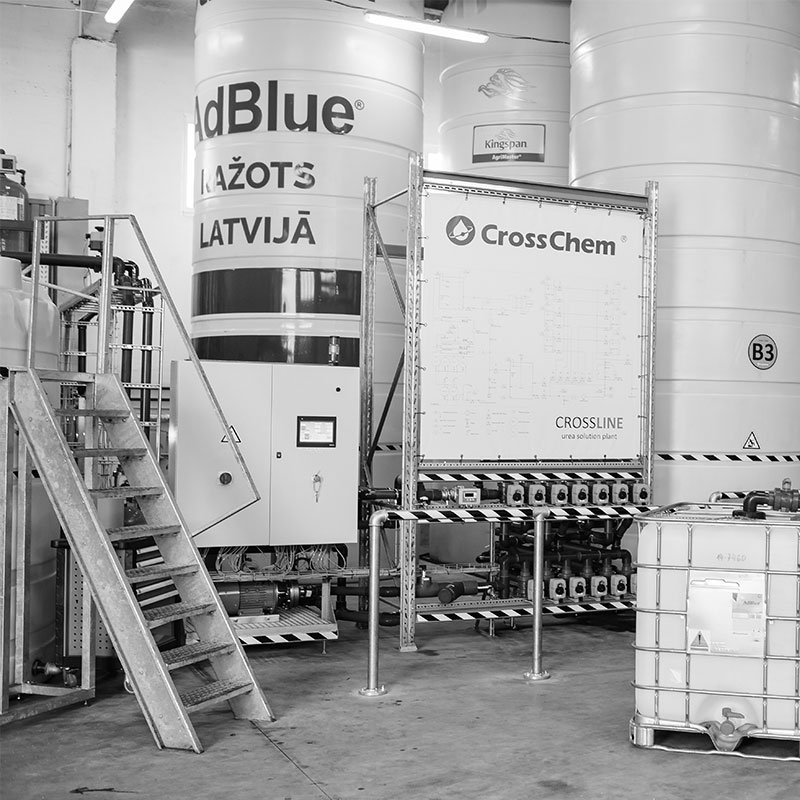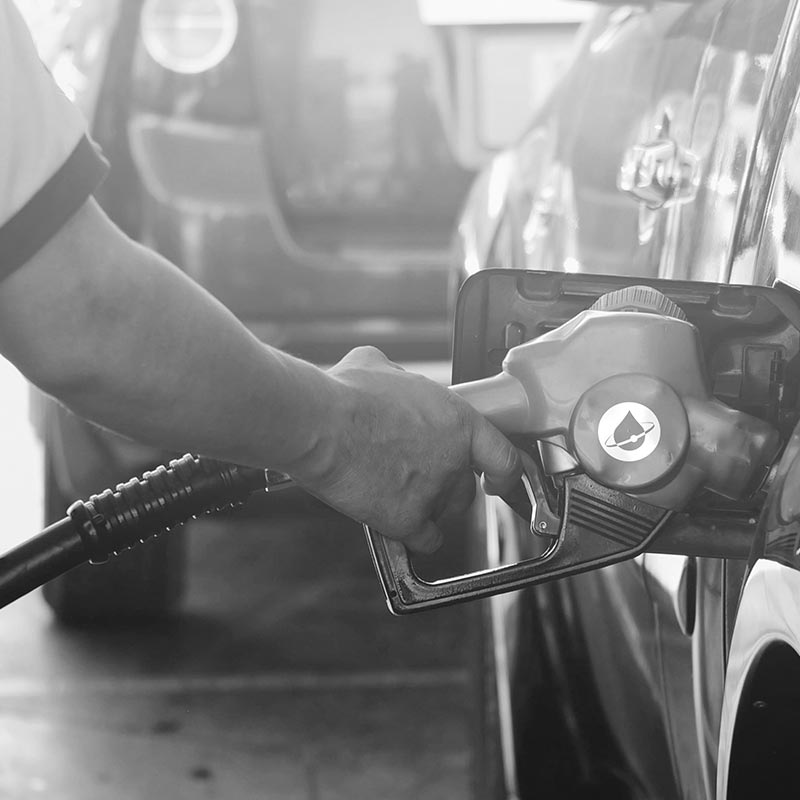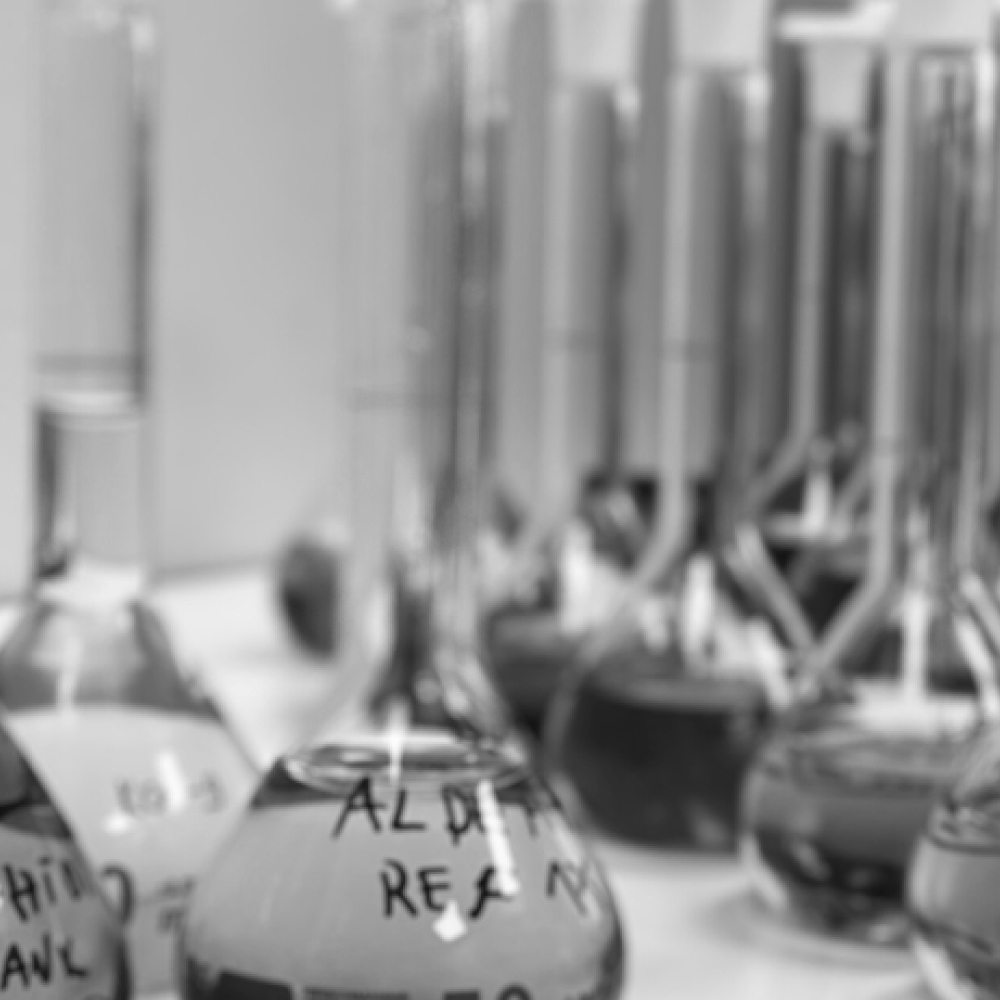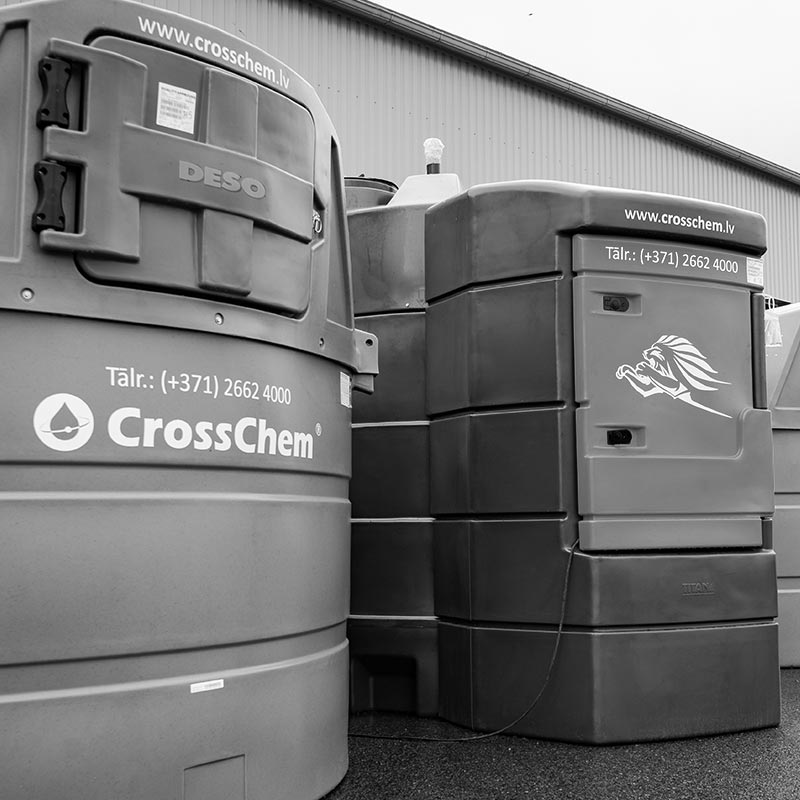
The role of diesel engines in freight transport until 2030 and after
The European Union (EU) this summer has published even more ambitious plans to fight against climate change (Fit for 55), with the aim of reducing
Other CrossChem websites:
AdBlue® Station Network Market AUS40 InternationalRegional offices
Other CrossChem websites
Homepage > ETEX®
CrossChem, together with a team of experts who have been developing tribological joints for over 20 years, have developed a unique solution that optimises the friction pair contact points and reduces the friction between them using ETEX®.
ETEX® is a tribological compound used in the transport and industrial sectors.
ETEX® particles optimise friction couple contact points and reduce friction between them, thus preventing wear of machinery components and reducing energy consumption.
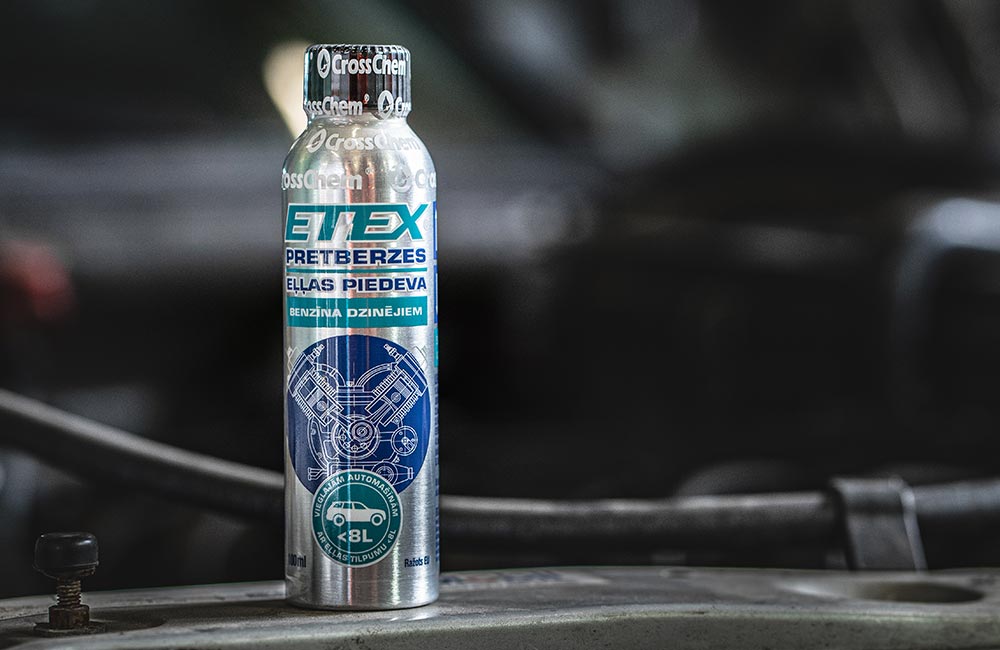

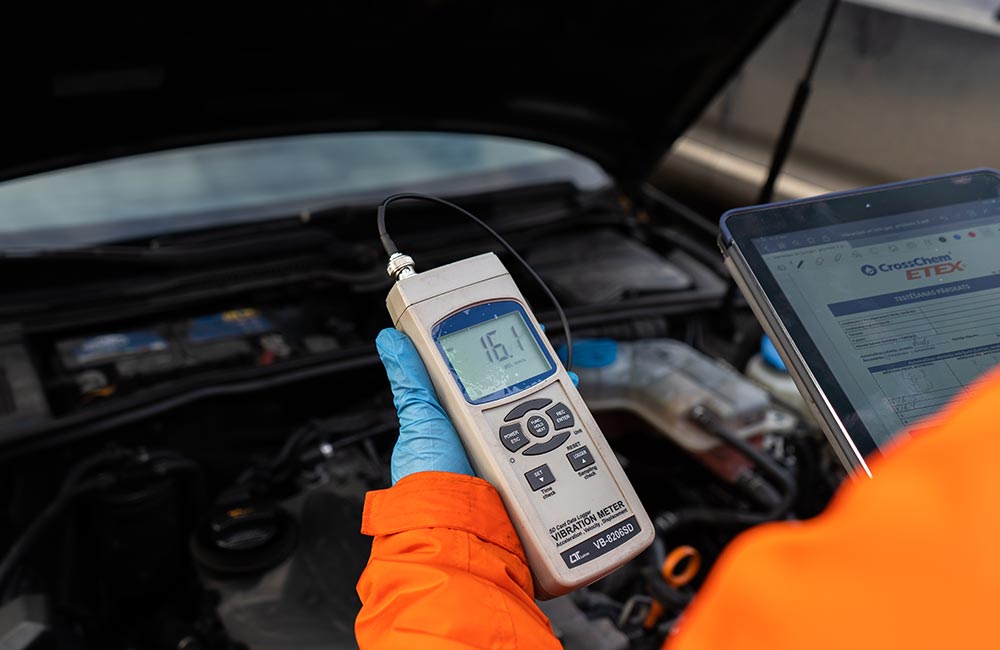

ETEX® is based on minerals of geological origin, which are a thin multi-component silicate mixture with a layered structure. It contains about thirty components and together they form a new composite material.
It is worth noting that ETEX® is free of additives such as molybdenum, copper, tin and industrial diamond, which reduce friction, but at high temperatures often lead to coking or the deposition of solid combustion products in the piston ring area, which adversely affects engine performance.
ETEX® is a patented technology and is an environmentally friendly, biodegradable product.
A significant difference compared to oil additives that have to be added at almost every oil change. ETEX® must be topped up after a certain distance. For passenger cars it is 50,000 km, for trucks it is 120,000 km. and for tractors 2,000 km.
The main advantages of ETEX® are: reduction of fuel consumption, exhaust emissions and opacity, increase of the vehicle’s mechanical resources and dynamic performance. ETEX® also allows a significant reduction in engine vibrations. In this way, the main product objective of extending the life cycle of the machine is achieved.

ETEX® particles are softer than metal and therefore cannot adversely affect machinery. The friction loads in the friction zone cause the mineral particles to decompose and first penetrate the metal surfaces, polishing them from the already formed slags and deposits of decomposition of lubricants.
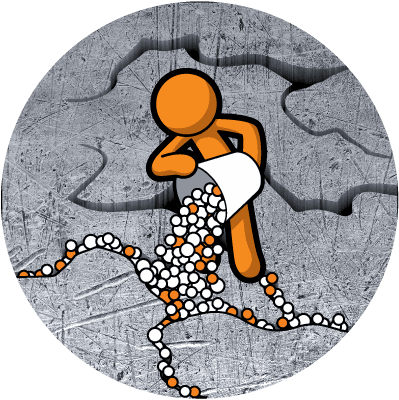
The next step is to release the minerals that fill the gaps in the metal surface, minimising them and, in some cases, increasing their nominal values.

A new surface is formed with increased friction surface hardness, which has a high strength, protective layer, high abrasion resistance and a significantly reduced coefficient of friction. It is also worth noting that the layer formed separates the metals of the friction pair and prevents them from coming into contact even in the event of an acute lubricant shortage.
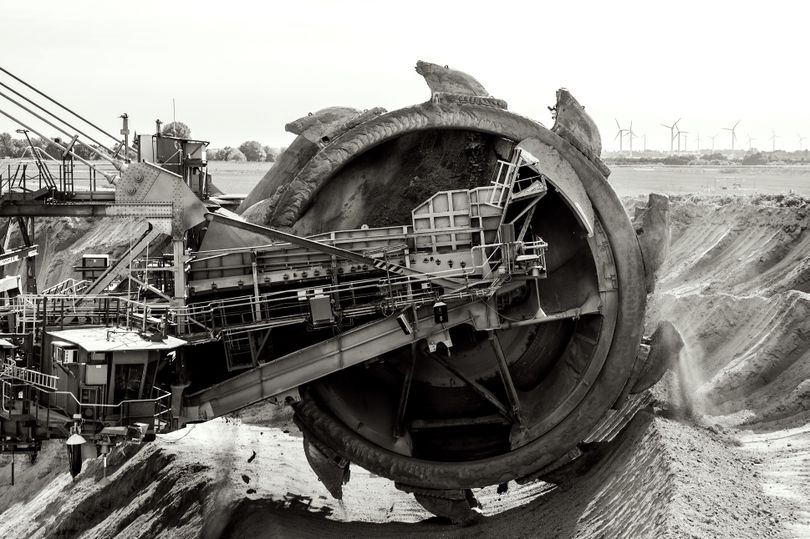
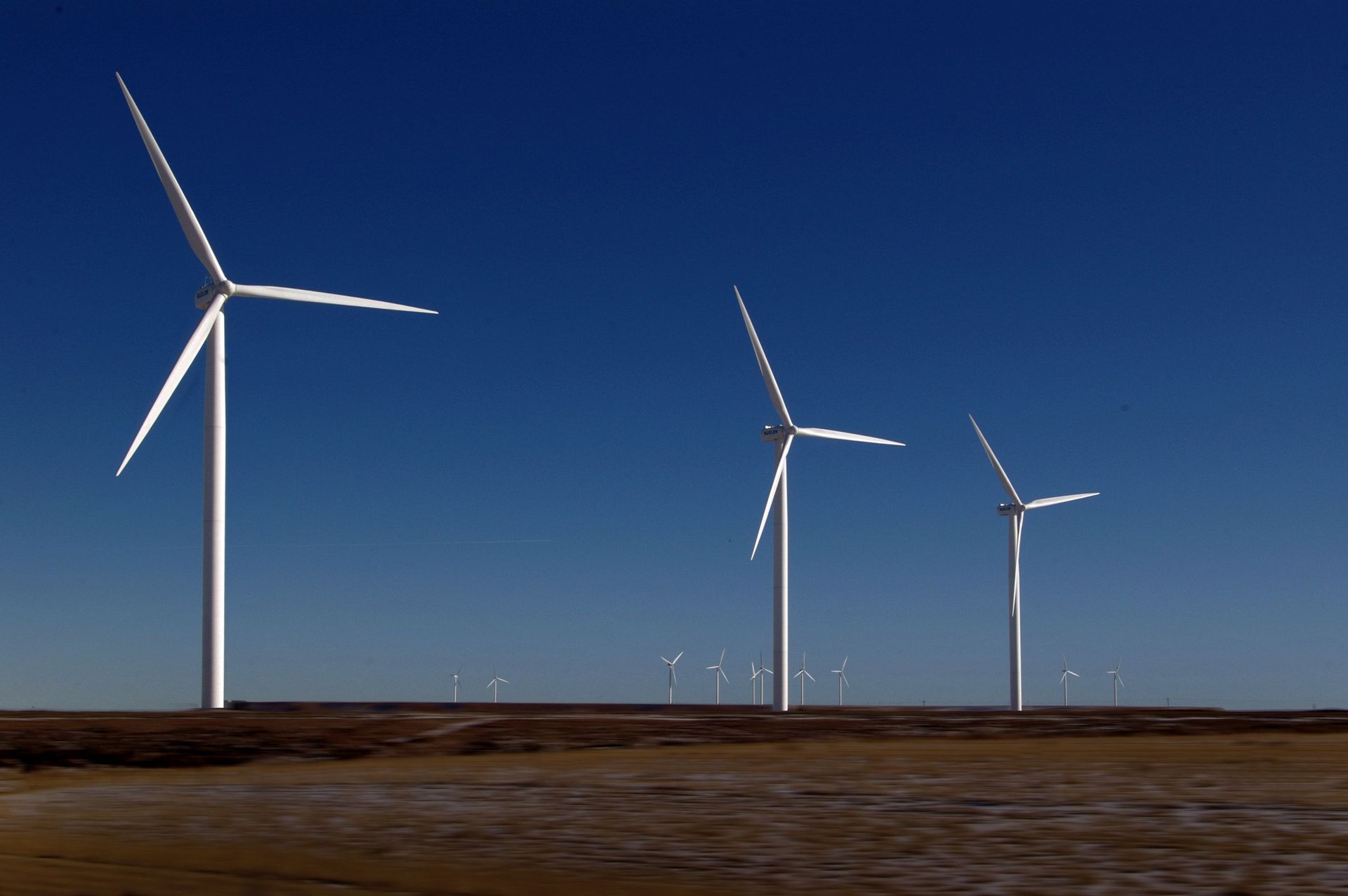



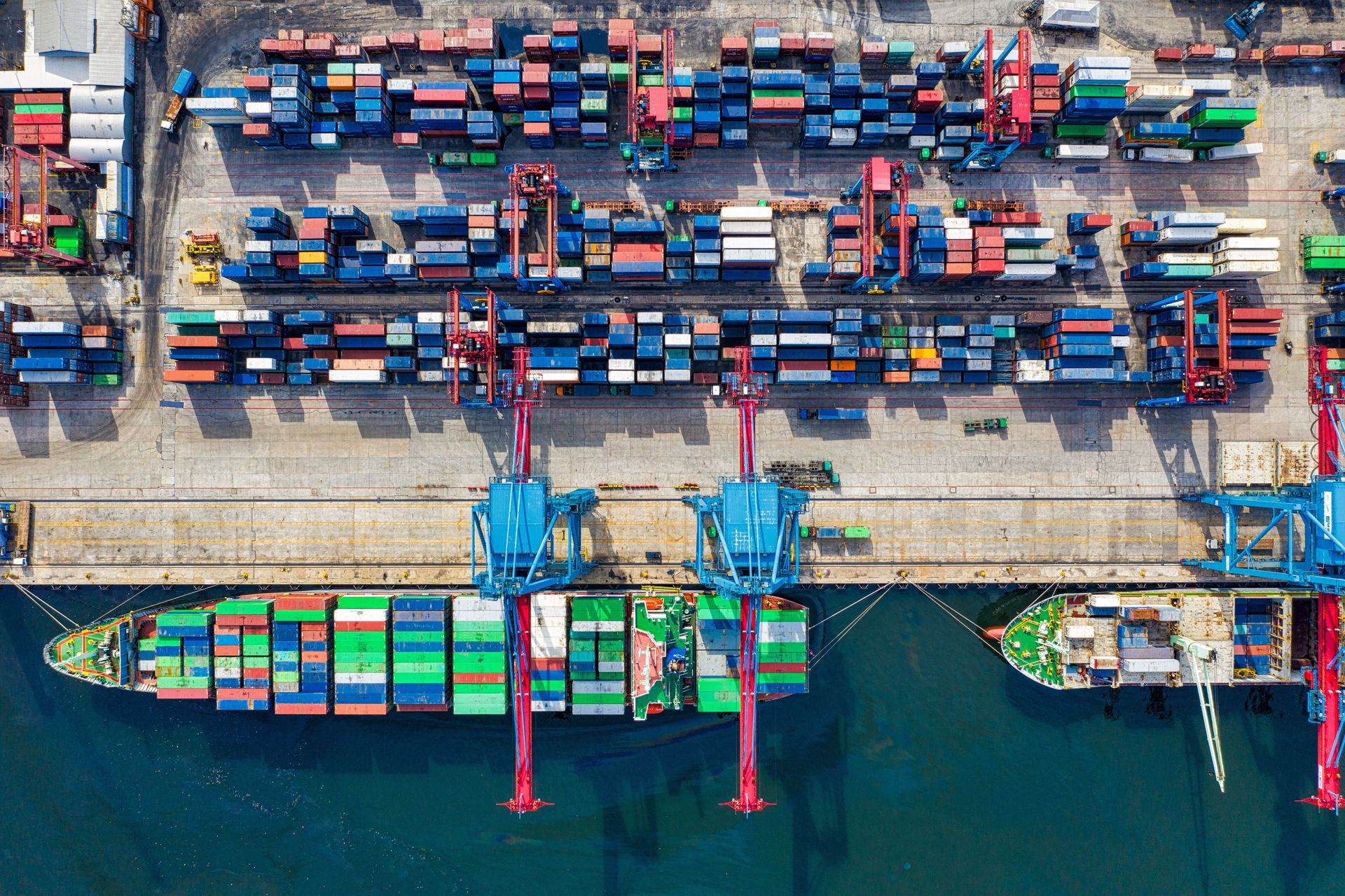


One of the most pressing problems facing society today is the cost of renewing vehicles and machinery subject to friction.
The correct tribological composition solves the friction problems.
Our company offers anti-friction solutions for all types of mechanical or hydraulic vehicles or equipment.
ETEX can be used for all types of transport and in the industrial sector:
The effectiveness and quality of ETEX® is also scientifically proven.
Vibration is a general indicator of the condition of machinery, directly reflecting the friction of parts at mating contact points.
One of the easiest ways to check the effect of an ETEX product on engines and other machinery is to measure the vibration before and after the product is used. The measurements shall be made with a specially designed device – a vibrometer. The measurements are taken at four different points on the car engine. The vibrometer is attached to the selected points and the measurements are taken with the engine running. After treatment with the ETEX® product, the measurements are repeated at the same points.
CrossChem has carried out a number of scientific research studies, which have been directly highlighted, in order to verify the effectiveness of the ETEX® product in more detail.
One of the studies was carried out in collaboration with the Latvian University of Life Sciences and Technology (LBTU), formerly known as the Latvian University of Agriculture (LLU) and EKL/LS Ltd (the authorised representative of UPS in Latvia), the aim of the study was to test and analyse the properties and effects of the ETEX® product on vehicles.
The study has been carried out in collaboration with Riga Technical University (RTU). The aim of the study was to test and record the reduction in friction coefficient and wear using the ETEX® product and the laboratory results showed that the friction coefficient was reduced by 10% and wear by 11% after using ETEX®.
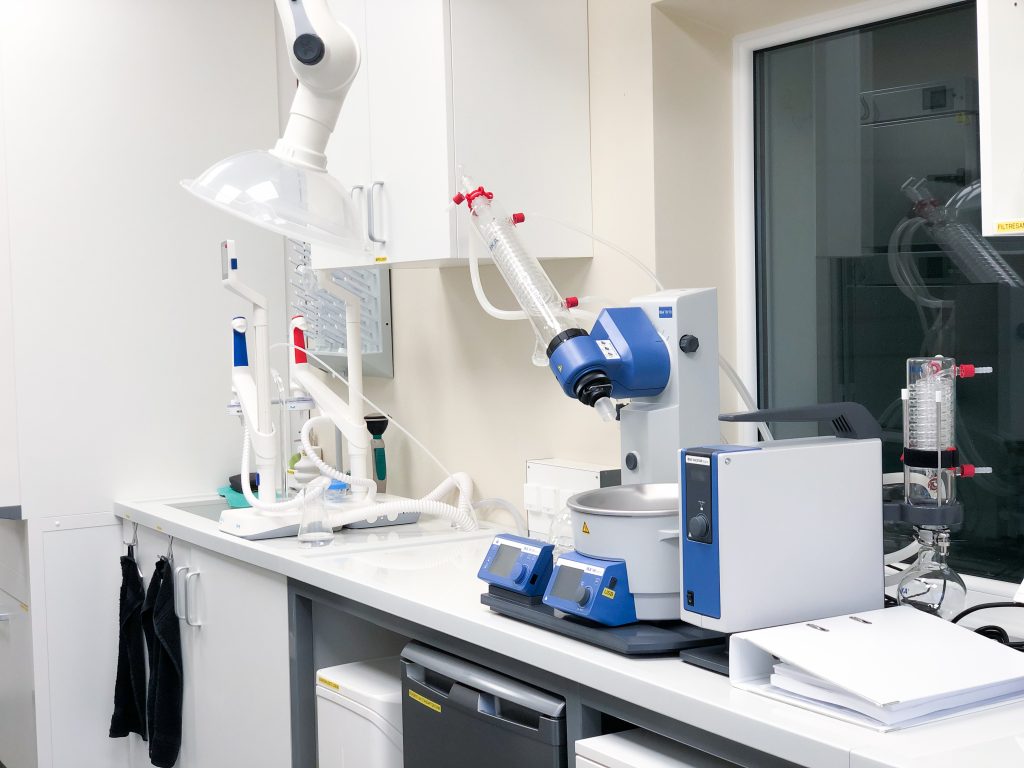

The European Union (EU) this summer has published even more ambitious plans to fight against climate change (Fit for 55), with the aim of reducing

Today, at a special award ceremony CrossChem received the Green Excellence Award 2022 in the Chemical Industry category. This is the highest recognition of the

Latvian engineers and scientists, together with their foreign colleagues, have worked intensively to develop, patent and, in five years, from 2020. and since 2020 has
